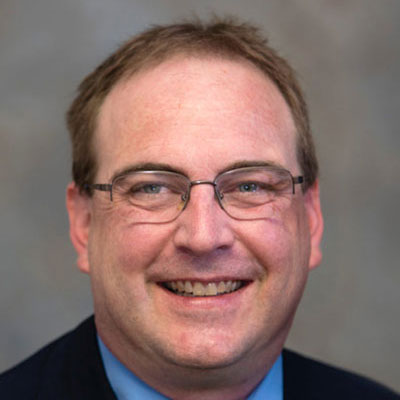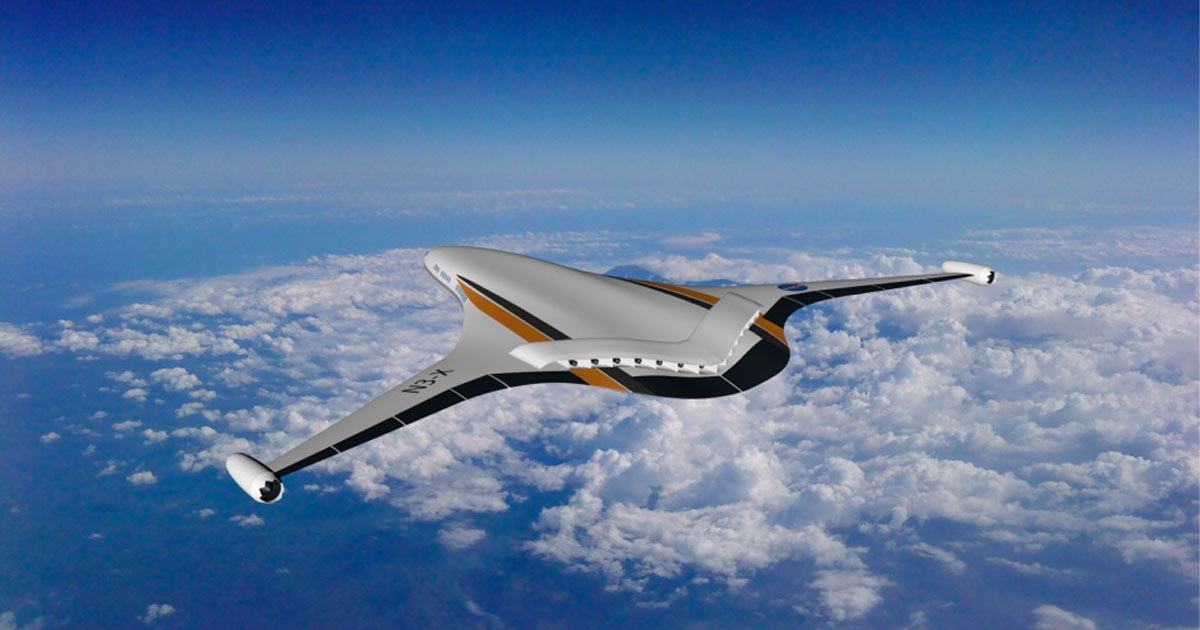Revolutionary
Aviation
Reimagining wing design for faster, more fuel-efficient, safer next-generation commercial aircraft, and developing and testing designs, materials, and manufacturing solutions for sustained hypersonic flight.
Powered flight is a much more recent addition to engineering than a number of other disciplines, but one that has changed rapidly, with fewer than 75 years between the first flight of the Wright Brothers and the launch of the Voyager probes, the first objects made by humans to leave our solar system.
Keeping up with that pace requires an understanding of the tremendous forces and extreme environments that cutting-edge flight programs require.
In our college, experts in flight dynamics, propulsion systems, and challenges posed by physics are already helping aerospace giants like Boeing, NASA, and Aerojet Rocketdyne.
Involved Faculty

John Schmisseur
H.H. Arnold Chair
Hypersonics
Hypersonic flight, including the materials used and overcoming current challenges to obtaining it, shock-boundary layer interactions; advanced laser and optical diagnostics; supersonic jet noise; high-speed boundary layer dynamics; computational fluid dynamics; inlet unstart dynamics; computational and experimental aspects of high-speed aerothermodynamics; aerodynamic heating.

Damiano Baccarella
Assistant Professor
Hypersonics
Hypersonic aerothermodynamics; atmospheric re-entry; high-speed propulsion systems; high-enthalpy wind tunnels; plasma flow control; plasma assisted combustion; laser diagnostics; combustion, operation, and performance of scramjets.

Fred Wang
Condra Chair of Excellence
Propulsion, Flight Dynamics, and Modelling
Design, modeling, control, and integration of advanced power electronics converters; motor drives; electric-powered flight; wide bandgap device characterization; modeling, packaging, control, and application; power electronics application to transportation; renewable energy; utility systems; microgrids.

Trevor Moeller
Jack D. Whitfield Professor
Propulsion, Flight Dynamics, and Modelling
High-temperature gases; high-speed flows; rocket propulsion; advanced rocket propulsion; modeling and testing of electric propulsion devices; electromagnetic acceleration; plasma diagnostics.

Richard Bond
Senior Lecturer
Propulsion, Flight Dynamics, and Modelling
Aerodynamics; fluid dynamics; heat transfer; airplane performance; effects of unsteady combustion on emissions; propulsion dynamics at hypersonic speeds.

Stephanie TerMaath
Jessie Rogers Zeanah Faculty Fellow
Advanced Designs
High performance computing; structural mechanics; fracture mechanics; structural dynamics material science; lamina properties in materials; hybrid structure and material performance under low-velocity impact.

Lawrence H. Heilbronn
John D. Tickle Professor
Flight, Shielding, or Radiation in Space
Nuclear space sciences; space radiation transport and shielding; neutron and light ion production cross section measurements; heavy ion cross section and thick target measurements; medical isotope production; health physics.

Richard Wood
Professor
Flight, Shielding, or Radiation in Space
Autonomous control for space nuclear power systems; nuclear instrumentation and control; reactor safety and licensing; advanced small modular reactors.

Lawrence Townsend
Chancellor’s and Robert M. Condra Professor
Flight, Shielding, or Radiation in Space
Radiation physics, transport, shielding and risk assessment; nuclear and radiological engineering; theoretical nuclear physics; nuclear interactions of cosmic radiation with matter and its implications for space-radiation exposure and shielding; simulation of earth-moon-mars environments.
Recent News
Electricity in the Air: Wang, Bai Pursue Goal of Electrified Flight
Fred Wang and Hua Bai are developing breaker-related technology that could help improve electrified flight and increase the speed at which it is adopted.
Carbon-free Aircraft Propulsion; Greener Skies
Fred Wang led a recently concluded project that UT and Boeing conducted for NASA that explored a new, carbon-free means of electrified aircraft propulsion.
UT to Play Leading Role in NASA Aviation Revolution
A team led by Tickle College of Engineering Assistant Professor James Coder could soon reshape flight right down to the very look of aircraft.

